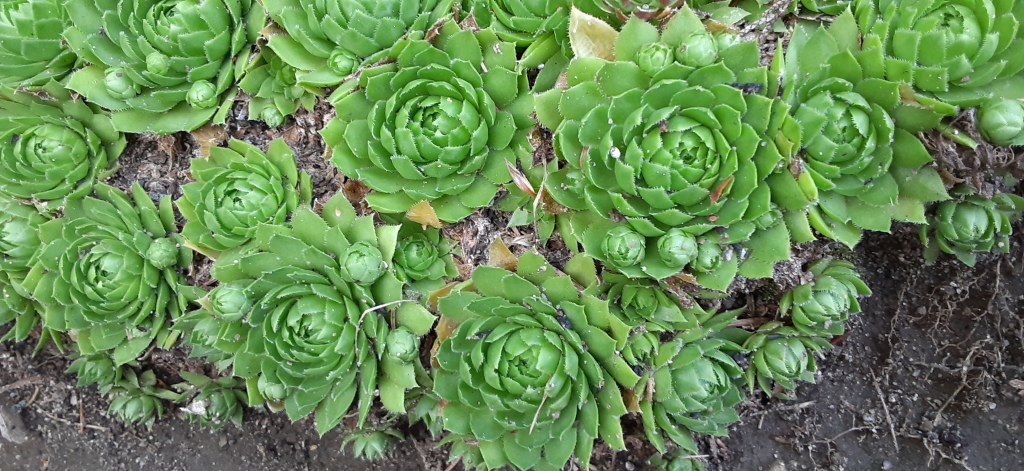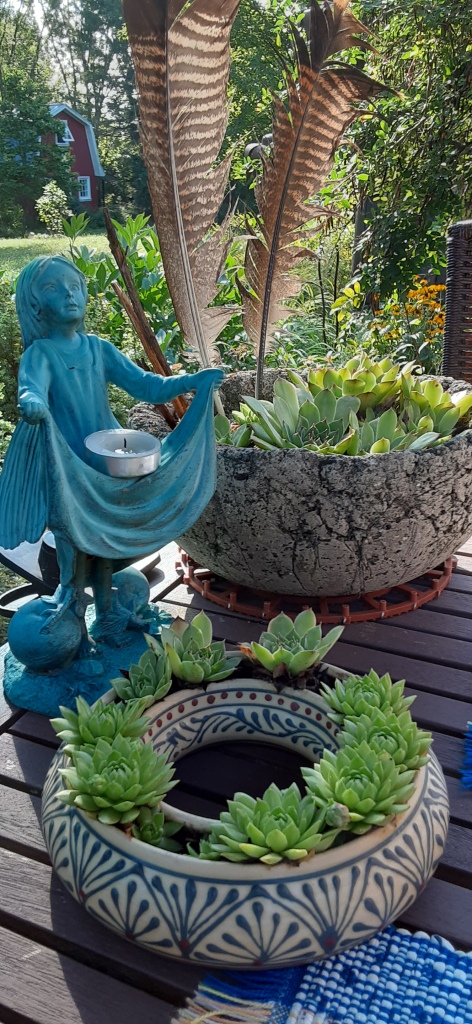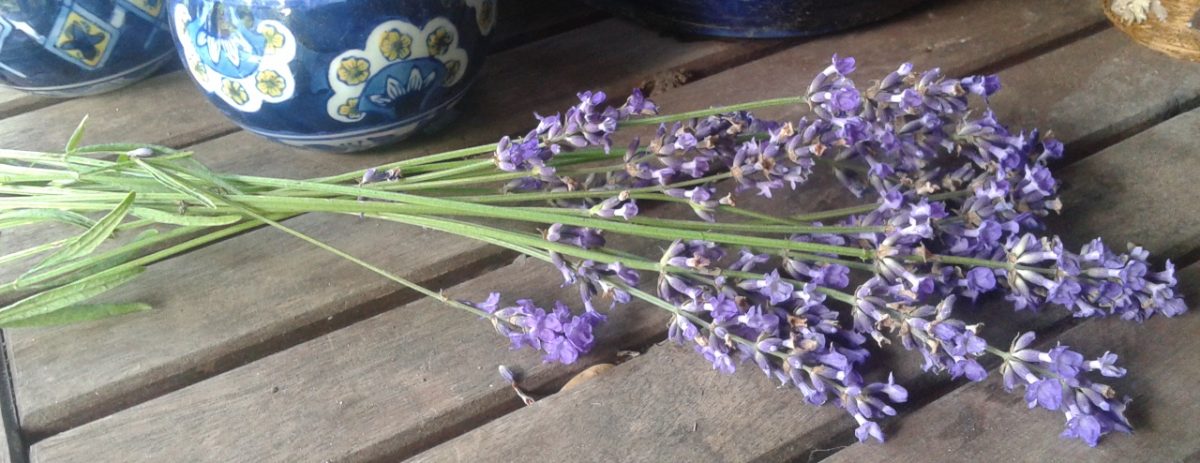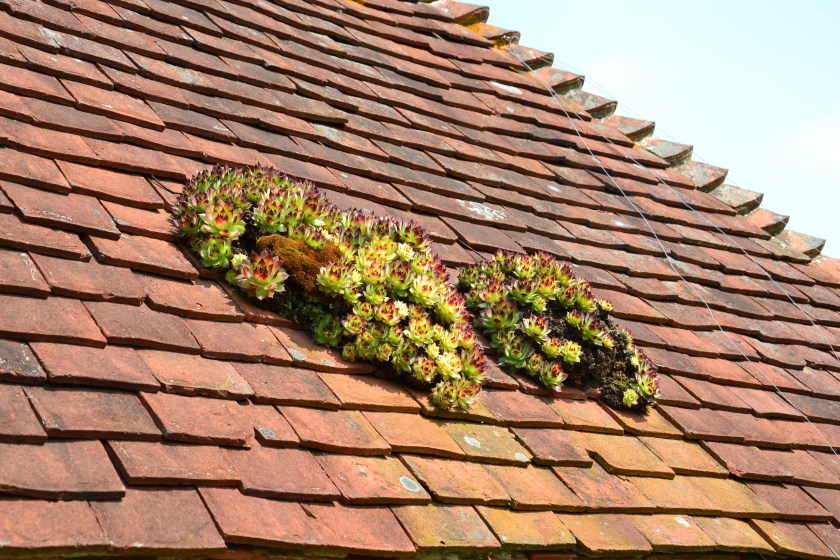Life is about the details – around us, above us and often, below us. There’s something about a walk, say in a garden, where you just might question if it’s in the inherent physics of plants to make us stoop over a leaf or bloom and for an instant, get lost in the wonder of a growing thing. We just may need to find wonder more and more these days – a fascination in the smallest of things or the value someone else puts on them.
Case in point, I now have an obsession with Sempervivums.

Sempervivum! Imagine a dirt encrusted guerilla gardener holding a trowel high overhead, balancing a few green gems in her other hand, and marching towards a drying landscape, a pot, or a boot. Ok, maybe too dramatic but this plant is a survivor – I like that.
There is such beauty in the structure of these botanic stars. Makes you think of geometric symmetries, Fibonacci sequencing, abstract art – plants often have a great way of distracting you from the everyday and I know we need that from time-to-time.
Naturally, there is a story. I grew up listening to my mum talking affectionately about “hens and chicks” and considered this a decidedly strange term, an oddity of another gardening generation. But when we found our home, there they were, succulent green stars tucked between stones – not quite twinkling but definitely in a northern universe of their own. I was forever hooked. I now know that mum was enchanted by them too – obviously genetic.

Sempervivum means “always living”, so poetic isn’t it? The botanical name is the fundamental hint that these plants are survivors. Also known as houseleeks, they’re succulents in that they hold water and will work well in sites that are drier than most and freely drain – hence the use in rockeries, among others. And if you really love them, you can even pot them up for indoor enjoyment.
One interesting history of the plant, and a possible source for the houseleek nomenclature, was a traditional use of tucking them between roof shingles to prevent lightning strikes, fires – apparently all things risky. Hmmm – have you read the news these daze? Might check to see if there is room on the roof for one or two or….?
Sempervivium insists that you slow your pace, that you bend down low and admire the myriad designs the rosettes make. There you can see how the chicks, or offsets, grow from the edges to form a mat or, when broken off, start a new planting on their own.

Like most plants, people seem either to love them or hate them. Did you guess I’m in the love camp?
There’s another perspective however. I know this as a former colleague once lamented about how her husband would pull them out of their garden and toss the small botanic packages over the fence . His goal? To remove their very offensive presence. Hmmm. Lucky neighbour methinks.
The flipside of this view was evident a few years back when we visited Enlgand. A friend and I, having not realized that Vita Sackville West’s garden was closed that day (note to self – check before you wander), were redirected and headed to Great Dixter in Rye, East Sussex. Gobsmacked by the story of the place and the creative gardening influence of Christopher Lloyd, we wandered for hours – that magic pull of gardens and plants again! Eventually we stumbled on two young gardeners, maybe students, kneeling on a stone patio delicately placing what must have been hundreds of these garden stars as a planned design element of the garden. It was magic, the interplay of soft colours making a living quilt in the slanted sunshine. And it didn’t end there, Sempervivums also popped up in crockery and between the roof tiles.
Here, on a late summer day this year, I visited a local farm to buy a perfect bouquet from a gal who had adapted her retail activity when COVID limited the use of market stalls, to her floral enticements being offered up in a weathered barn. Around the edge of the building and along a path, there were the succulent beauties brimming out of an old boot, further down out of a shoe. Magic again and oh-so-appropriate for hens and chicks.

Later this week, I’ll share a coffee with a local Lanark County Master Gardener who is known for her specialisation in succulents. Friendships can form over green pursuits if you let them, and in so doing add yet another invaluable dimension to the scope of a garden. We’ll chat, compare pandemic pastimes no doubt, then root the conversation in tales about hens and chicks, stones and boots.
A small thing. A beautiful thing. Keep looking – maybe that’s just what we need now and anytime.




I too am in the succulent love camp!
LikeLike
I’ve just picked-up two new succulents from a local Master Gardener that have an interesting habit and name: Dunce caps (Orostachys iwarenge) – the name describes the cone shape that caught my eye! Put them into a bed with my hens & chicks (sempervivums) and now will have to wait all winter to see how they do 🙂
LikeLiked by 1 person
this is a great time of year to pick up new plants, especially the clearance items
LikeLiked by 1 person
I just googled the dunce cap ones, did not recognize the name, but I do have some of those, do particularly well in containers. In fact I included some in the goodie bags at my daughter-in-law’s baby shower, one plant per tiny pot
LikeLike